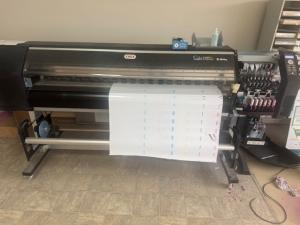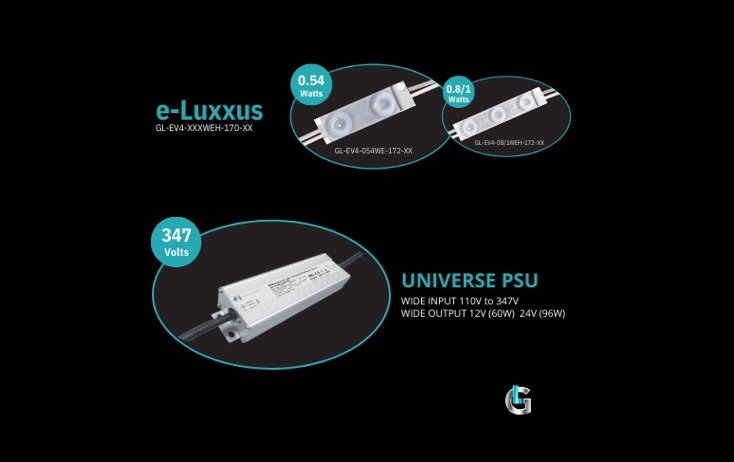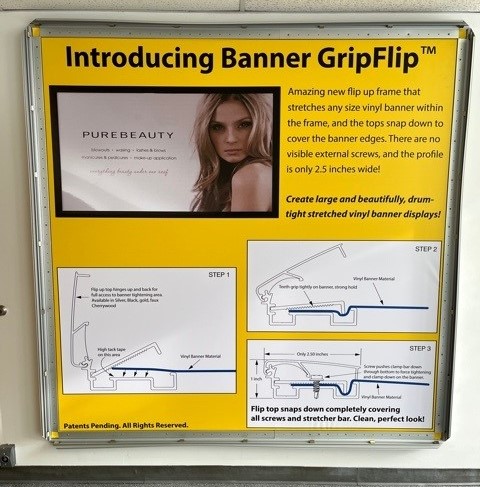Establishing clear routes
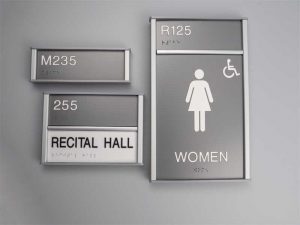
Where to begin?
The early stages of planning a wayfinding system require the designer to become intimate with the structure, environment, and paths of the site and its facility(s). The goal is to break down the necessary information into manageable and timely bits and provide users with these key pieces of information at points along their journey where decisions must be made.
Airports serve as recognizable examples of locations that operate using the basic fundamentals of wayfinding. These details are reminiscent of essay-writing built around the hierarchy of an outline: title, heading(s), subheading(s), and examples. Using this analogy for air travel, such a hierarchy would look like: Toronto Pearson International Airport, arrivals/departures, terminals, and gates. A hospital can serve as a parallel example: Toronto Western Hospital, emergency room, radiology department, Dr. Smith, and room 123.
The end as the beginning
When designing a wayfinding program, it is helpful to consider the project’s end goal first. While an airport visitor’s end goal might be to travel to Rome, Italy, for example, critical parts of information are needed at key decision-points: first, a traveller must determine their destination airport to establish their direction; then, regardless of the final destination, they should head toward ‘departures’; next, they select their terminal based on the airline (e.g. Alitalia, terminal 3 of 6); finally, they check in with the airline and follow signs
to the appropriate gate.
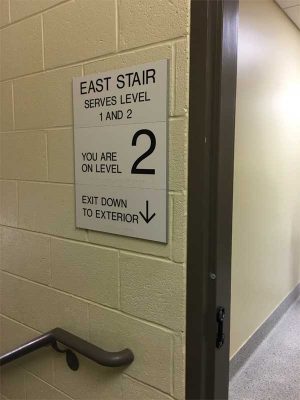
These fundamentals are sound and, as such, are replicated many times when a person is finding their way, whether in an airport or hospital, for example. Thus, it is critical for a system’s designer to establish the foundational information unique to the destination point, test the breakouts of information along the path, and document the route clearly and concisely.
Using the environment
When it comes to navigating a building, visitors tend to rely on a variety of visual cues; however, the science behind how this orientation is achieved has only recently begun to emerge. Thus, distinct landmarks (e.g. wall graphics, donor recognition walls in hospitals) now play meaningful roles within a wayfinding system. While there have always been elements of building design that enhance the navigability of a space, the small details that once gave continuity to fine design are being sacrificed to bolder statements. Over time, the architectural details once critical to the successful execution of a major project have suffered due to financial constraints and owners who chose to forego these elements of design. The former attention to ‘repetitive detailing’ has been abandoned due to budget, expedited construction deadlines, and labour shortages.
As such, today’s signmakers create their own enhancements using designs indicative of the building’s architecture or a company’s brand, which allows signage systems to become a unifying element.

